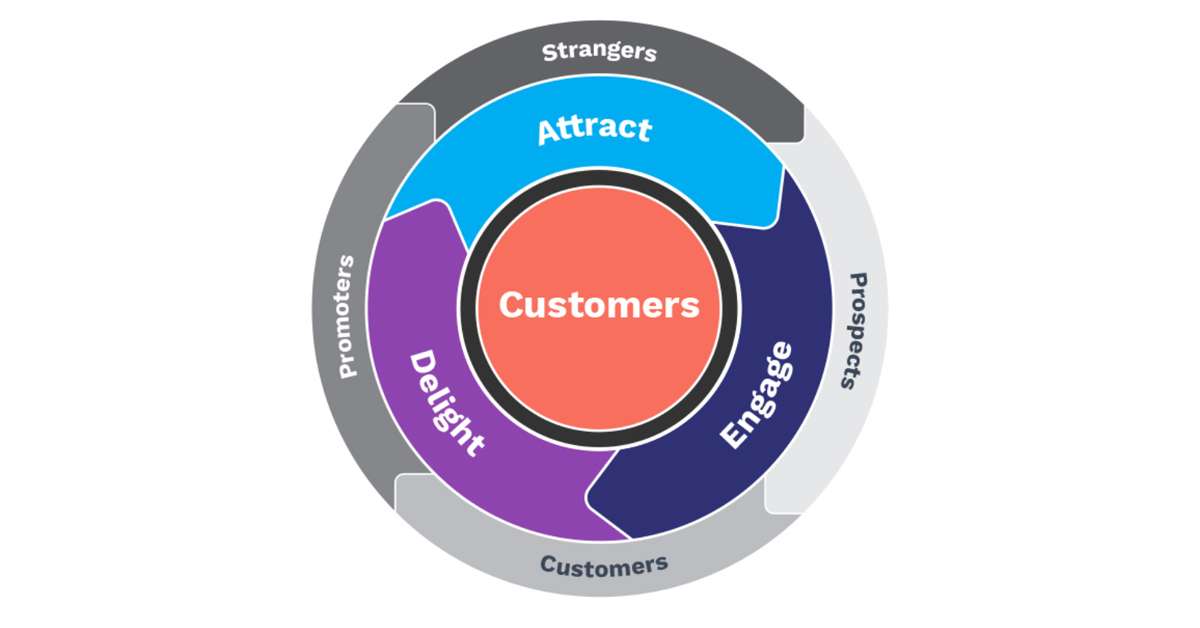In the world of business, keeping your customers engaged and satisfied is crucial to building a successful brand. One model that has gained significant attention in recent years for achieving this goal is the Flywheel Model.
The Flywheel Model is a customer-centric approach to business that prioritizes delivering value to customers in order to drive sustainable growth. The concept of the Flywheel Model was first introduced by Jim Collins, the author of the bestselling book “Good to Great,” and it has since been popularized by companies like Amazon.
In simple terms, the Flywheel Model works by using the momentum of satisfied customers to drive business growth. The model consists of three key stages: Attract, Engage, and Delight.
Attract: The first stage of the Flywheel Model involves attracting potential customers to your business. This is typically done through various marketing channels, such as social media, search engine optimization (SEO), and paid advertising. The goal of this stage is to build awareness of your brand and attract new customers to your business.
Engage: The second stage of the Flywheel Model involves engaging with your customers and providing them with a positive experience. This includes delivering high-quality products or services, providing excellent customer service, and creating a seamless customer journey. By engaging with your customers in this way, you build a relationship with them and increase the likelihood that they will continue to do business with you in the future.
Delight: The final stage of the Flywheel Model involves delighting your customers by going above and beyond their expectations. This can be done through various means, such as offering personalized recommendations, providing exclusive deals, or offering exceptional customer service. By delighting your customers, you create loyal advocates who will continue to promote your business to others, thus creating a self-sustaining cycle of growth.
The Flywheel Model is often used in digital marketing, where companies can use data and analytics to track customer behavior and improve their marketing efforts. For example, Amazon uses the Flywheel Model to drive growth by offering a wide range of products, providing fast shipping, and delivering exceptional customer service. This has led to high levels of customer satisfaction and loyalty, which in turn has driven continued growth for the company.
Another example of the Flywheel Model in action is Hubspot, a marketing software company. Hubspot uses the Flywheel Model to drive growth by focusing on delivering value to its customers at every stage of the customer journey. By providing educational resources, offering personalized support, and continuously improving its products, Hubspot has created a loyal customer base that continues to promote the company to others.
In conclusion, the Flywheel Model is a powerful tool for achieving sustainable growth in today’s customer-centric business environment. By focusing on attracting, engaging, and delighting your customers, you can create a self-sustaining cycle of growth that will help your business thrive. By implementing this model in your digital marketing efforts, you can improve your customer relationships, increase customer loyalty, and ultimately drive long-term growth for your business.
If you liked this concept, also read: RACE Planning Framework in Digital Marketing
If you liked this concept, also read: The Role of Email Marketing In Effective Digital Marketing Strategy
Also, subscribe to our newsletter
Go to the full page to view and submit the form.


